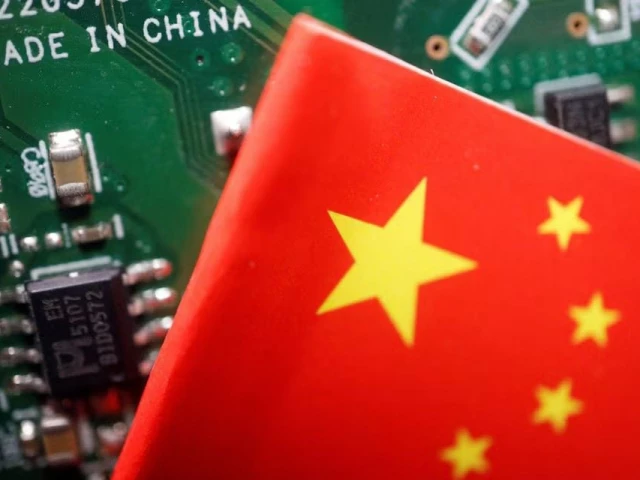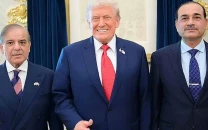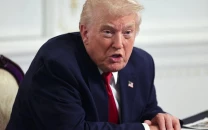China’s new five-year plan sharpens industry, tech focus as US tensions mount
During the four-day plenum, leaders replaced 11 members — the biggest turnover since 2017 amid a military purge.

China’s Communist Party elite vowed on Thursday to build a modern industrial system and step up efforts to achieve technological self-reliance, moves seen as key to strengthening its position amid intensifying rivalry with the United States.
As expected, the Party’s Central Committee also pledged to expand domestic demand and improve livelihoods — long-standing goals that have taken a back seat in recent years as Beijing prioritised manufacturing and investment — though few details were provided.
During the four-day closed-door meeting, known as a plenum, leaders also replaced 11 members — the highest personnel turnover since 2017 — amid an ongoing military corruption purge.
Read More: China, Russia hail Pak-Afghan ceasefire
China’s assertive industrial policies have created sophisticated domestic supply chains and global dominance in many sectors. These policies have bolstered Beijing’s confidence in its trade war with the US, where President Donald Trump has threatened triple-digit tariffs.
Manufacturing remains central
The full five-year plan will be released at a parliamentary meeting in March, but the post-plenum outline from state news agency Xinhua suggested policy continuity — a concern for economists urging a shift toward growth driven by household demand.
The communique prioritised building “a modern industrial system with advanced manufacturing as the backbone” and accelerating “high-level scientific and technological self-reliance,” placing these ahead of developing “a strong domestic market.”
Julian Evans-Pritchard, senior economist at Capital Economics, said the readout showed that manufacturing remains central to China’s ambitions for national strength and security, while consumer-driven growth remains secondary.
“There is still an unresolved tension between the leadership’s stated desire to boost consumption and its goal of expanding manufacturing,” he said. “The leadership will have to choose one or the other. Today’s communique leaves little doubt over which way they are leaning.”
China’s economic growth slowed to its weakest pace in a year in the third quarter, as fragile domestic demand left it heavily dependent on exports despite US tariffs — deepening concerns over structural imbalances.
Debt rises to high levels
Beijing’s industrial policies have also resulted in overcapacity and deflationary pressures. Low wages, weak social safety nets and job insecurity have supported export competitiveness but restrained domestic consumption, keeping China reliant on foreign demand and stoking trade tensions.
These policies have pushed China’s overall debt levels to roughly three times the size of its economy.
Also Read: The beginning of the Second Cold War
“The main risk here is the coexistence of high debt and low inflation,” said Dan Wang, China director at Eurasia Group, describing China’s growth model as “very fragile.”
Tianchen Xu, senior economist at the Economist Intelligence Unit, said pledges to “invest in people” could include boosting medical insurance and rural pensions, though implementation details remain unclear.
China’s industrial strength has alarmed Western capitals, prompting renewed efforts in the U.S. and Europe to reindustrialise and expand defense capabilities amid Russia’s war in Ukraine and rising tensions in the South China Sea and Taiwan Strait.


















COMMENTS
Comments are moderated and generally will be posted if they are on-topic and not abusive.
For more information, please see our Comments FAQ